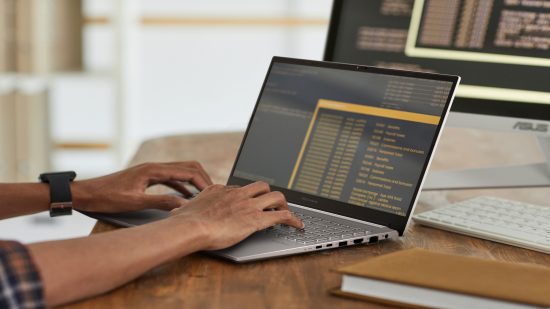Bloatware is a word that you might see thrown around during reviews of laptops and PCs but it’s not an overly common term that everyone is expected to understand. It’s nothing that you would need to necessarily worry about should it be mentioned as a problem with a certain product, but understanding bloatware can help make setting up and securing a new laptop or PCs health for the long-term.
Even some of the best laptops on the market will come with bloatware pre-installed as it’s typically handled by each brand differently. You must also consider that if you’re spending more money on a premium laptop or PC, the brand might end up including more bloatware to help manage certain features or make it seem like you’re getting some additional software support for your money.
What is bloatware?
Bloatware is the term used to describe unnecessary software that is pre-installed on a laptop or PC. It takes up valuable hard drive space and is often included in the start-up process which can slow your device down considerably.
There is a harmful aspect to bloatware although the software that is pre-installed by the manufacturer will rarely pose a threat. Bloatware that you would need to be cautious of is anything that is installed alongside another program. As an example, when torrent downloaders were at peak popularity, during the installation process, you would have the option to install another piece of random software. This random software may advertise itself as anything from anti-virus protection to a new type of web browser, in reality, they were programs simply intended to steal data and cause havoc with your computer hardware.
Before anti-virus software was advanced as it is today, these programs were impossible to distinguish from trustworthy software. Today, even Windows built-in protection should warn you if it falls suspicious of dodgy installations.
How to identify bloatware
There are a few rules you can follow to determine whether or not a program is bloatware. Sometimes it can be difficult to make a decision to uninstall software just in case it turns out to be something important that then breaks your PC or laptop (this is incredibly unlikely).
Consider these things when trying to decide whether or not a program is bloatware:
- Does it trigger annoying popups?
- Is it trying to get you to spend money?
- Are personal details being requested?
- Do you recognize the brand or company behind the software?
- Is the software actually doing anything or is it completely useless?
How to remove bloatware
Thankfully, bloatware isn’t impenetrable and can easily be removed from your laptop or PC. The process for removing it is straightforward and we’ll take you through the three simple steps now.
Step 1
In the Windows 11 search bar, type ‘add or remove programs’. This will bring up an option showing a little cog image alongside the text, left-click on this.

Step 2
You will be taken to the Installed Apps page that shows everything you have installed on your laptop or PC. You can change the view or search for specific programs here to find the bloatware quickly.
Step 3
When you find the bloatware program, click on the three dots to the right hand side of the window and there will be an option to uninstall. Click this option and the program’s installation manager will pop up.

This is where you may need to be careful. Some harmful programs will try and switch options around throughout the process to cancel the uninstall. Make sure you read the options presented to you and ensure there are no sneaky tick boxes that are signing you up to some other kind of program.

